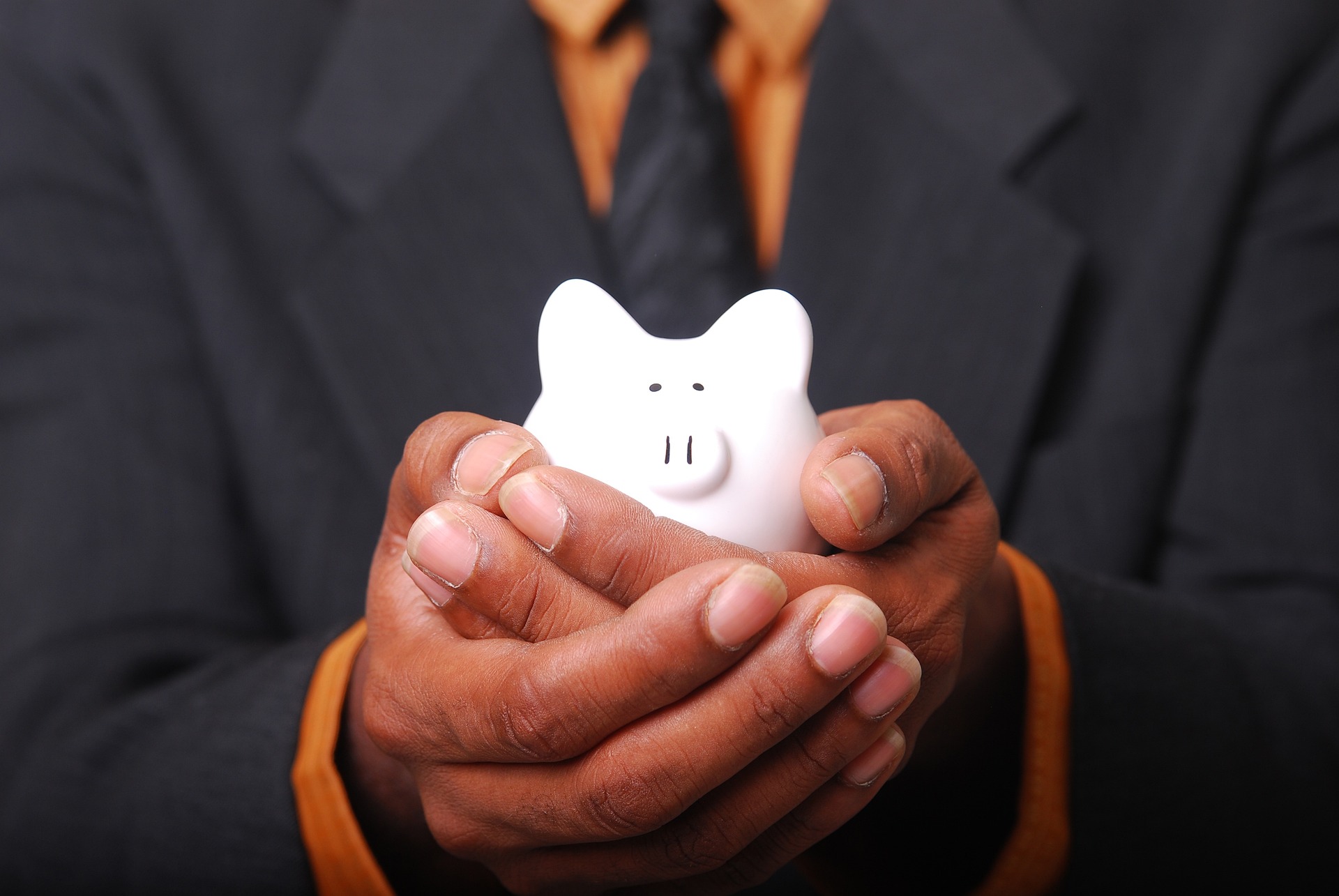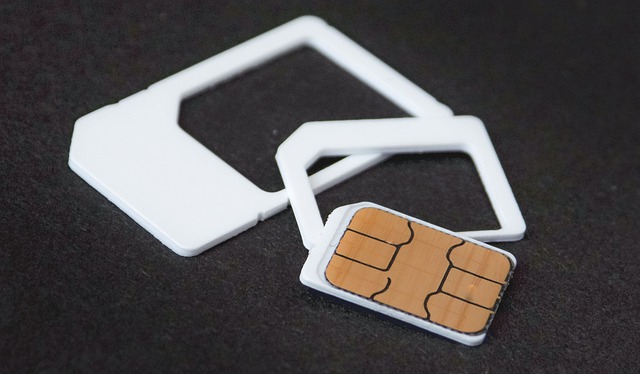Rewriting Fitness: The Intriguing World of Dance Wellness
If you've ever imagined yourself in a room full of people, the music pulsating and your body moving in sync with the rhythm, then you've probably experienced the joy of dance. Dance, often viewed as merely a form of entertainment or artistic expression, is emerging as a powerful tool for wellness and fitness. It pushes the boundaries of conventional exercise routines, merging creativity with cardio and strength training by turning them into a holistic, enjoyable experience. This article delves into the intriguing world of dance wellness, exploring its historical roots, present trends, and future potential in the beauty and fitness industry.

Dancing Through History: The Origins of Dance Wellness
Dance has been an integral part of human history, from the ceremonial dances of ancient cultures to the court dances of the Renaissance, and the energetic rhythms of contemporary styles. Interestingly, dance was not only a means of expression, but also a form of physical and mental wellbeing. For instance, traditional dances like the Native American Ghost Dance were used as healing rituals, signifying the connection between dance, wellness and spirituality.
In the 20th century, dance took a new turn with the emergence of Dance Movement Therapy (DMT), pioneered by figures like Marian Chace. DMT harnessed the psychological benefits of dance, using movement to promote emotional, cognitive, and physical integration.
Rhythm of the Times: Current Trends in Dance Wellness
Modern dance wellness is a vibrant fusion of various dance styles, fitness methodologies, and wellness practices. From Zumba’s Latin-infused cardio routines to the ballet-inspired barre workouts, dance wellness programs cater to diverse fitness goals and preferences.
One emerging trend is dance meditation, which combines movement with mindfulness to enhance mental wellbeing. Dance meditation programs like 5Rhythms and Open Floor are gaining popularity, offering a unique blend of physical exertion and mental relaxation.
Meanwhile, dance fitness programs like Bokwa and Pound are transforming traditional workouts into fun, engaging routines, drawing upon the universal appeal of music and dance.
The Dance Wellness Stage: Industry Impact and Market Relevance
Dance wellness is not just a niche trend. It’s making significant strides in the global fitness and wellness industry.
Dance fitness programs like Zumba have expanded into a global phenomenon, with over 15 million people taking classes in 180 countries. These programs have also initiated a wave of dance fitness apparel and accessories, driving growth in the sportswear industry.
Moreover, dance wellness is influencing the health and wellness sector, as healthcare providers acknowledge dance’s therapeutic benefits. Dance Movement Therapy is now recognized as a viable form of psychotherapy, and dance programs are often integrated into rehabilitation and mental health services.
Moving Forward: The Future of Dance Wellness
The future of dance wellness looks promising in the evolving landscape of the fitness and wellness industry. With the increasing focus on holistic wellness and individualized fitness, dance wellness offers a flexible and creative approach to health and self-care.
Virtual dance wellness programs are expected to gain traction, capitalizing on the digital fitness trend. Also, the fusion of dance with emerging wellness practices like sound healing or sensory-stimulating environments can offer innovative wellness experiences.
In Dance Your Way to Wellness
Dance wellness presents an exciting twist to traditional fitness practices, transforming the often tedious task of keeping fit into an enjoyable, immersive experience. It represents a shift in wellness culture, where fitness is not just about physical endurance but also about self-expression, creativity, and mental wellbeing. As we continue to explore new dimensions of health and wellness, dance wellness is a trend worth watching—and perhaps, worth dancing to.




